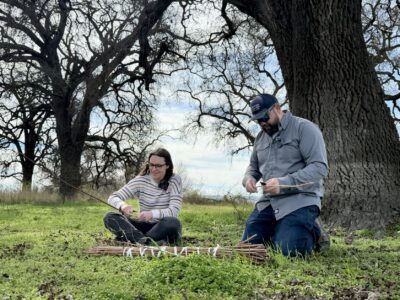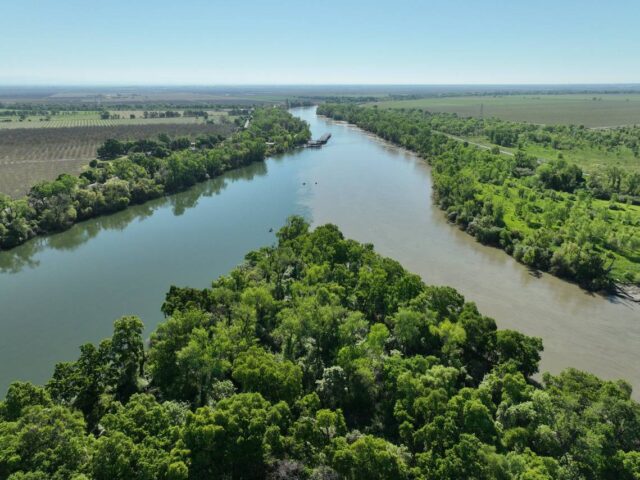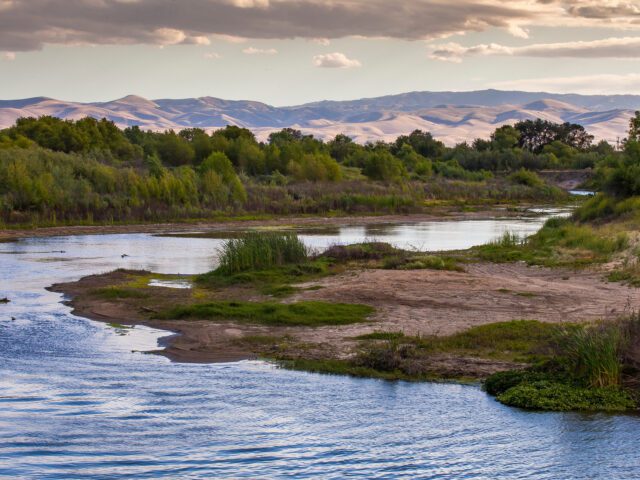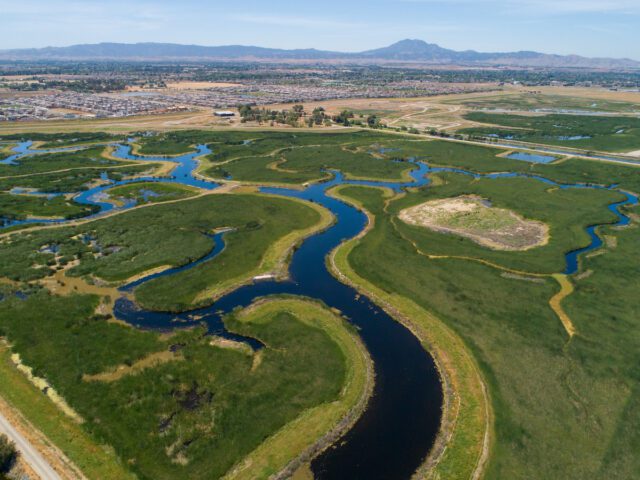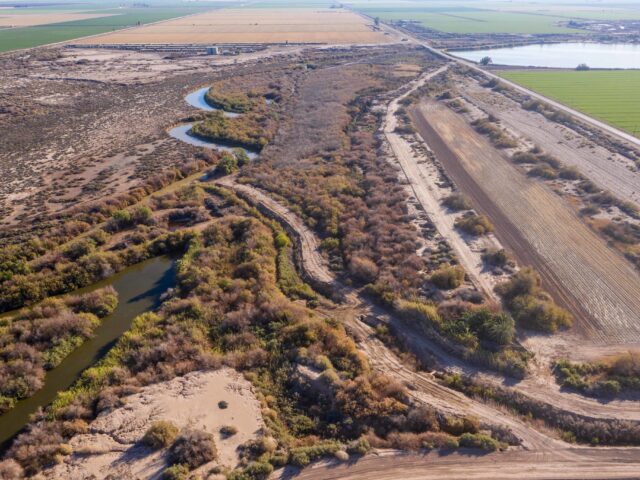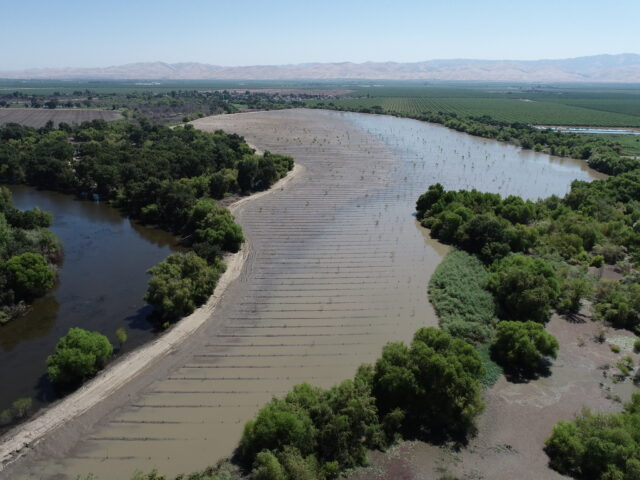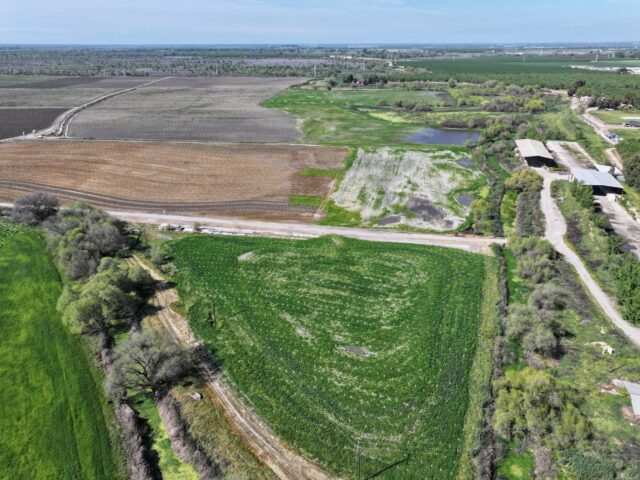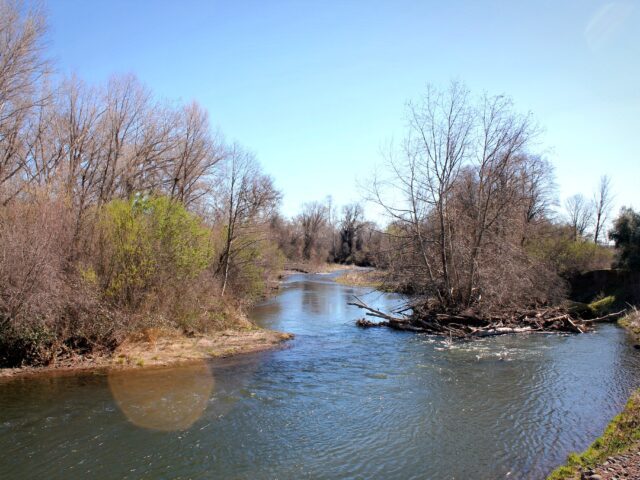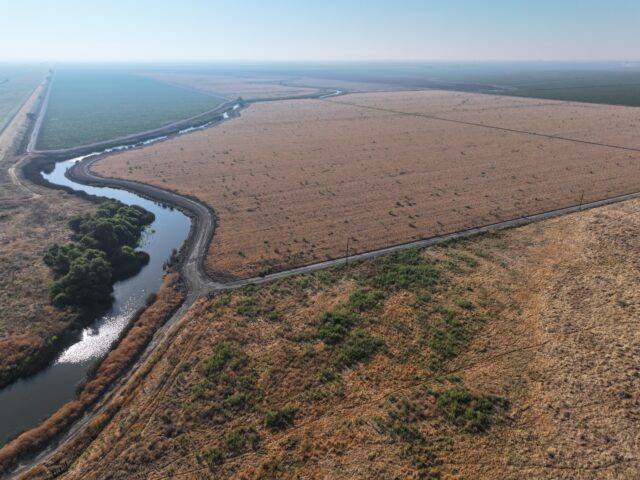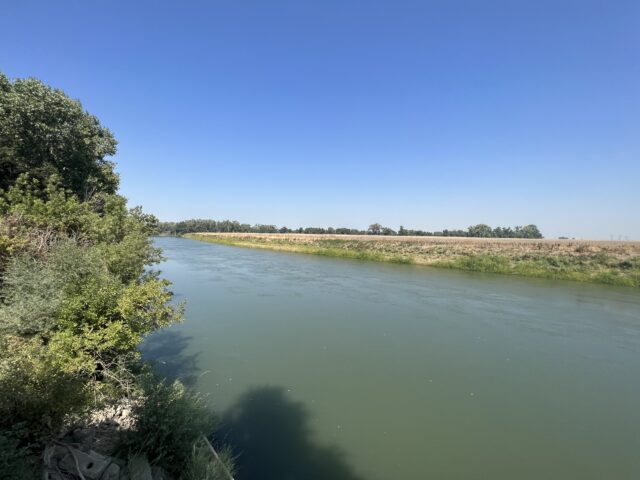Strengthening California’s Climate Resilience Naturally
Capturing greenhouse emissions through reforested riverways and leveraging California’s carbon market to increase the pace and scale of floodplain renewal
Climate change continues to impact every aspect and corner of California—from our unparalleled environment to our diverse communities to our world-class economy. California faces cascading climate change challenges like more frequent and extreme wildfires, record-breaking heat and droughts, more precipitation that falls as rain and increases flooding, and more severe weather swings between wet and dry. Experts caution that these and other problems will only grow if we don’t act quickly.
California leads the nation in advancing bold climate action and investment, including committing to becoming carbon-neutral by 2045. The state continues to make historic investments in clean energy, incentivizing industries to cut their greenhouse gas emissions, and funding cleantech research and development.
There’s one proven, immediate, natural, and cost-effective strategy, however, that has been underutilized and requires broader investment: the reforestation of California’s riverways to capture carbon naturally.
THE PROBLEM
- Climate change brings many challenges to California, including more frequent and extreme:
- Storms and flooding
- Drought
- Wildfires
- Dramatic swings between dry and wet weather
OUR SOLUTION
- The nearly 20,000 riverside acres we’ve restored since our founding in 1998 have captured over 1 million metric tons of greenhouse gases. That’s equivalent to the annual emissions of more than 200,000 cars and trucks
- We’re leading a first-of-its-kind effort to quantify the carbon-trapping potential of floodplain forests, and enable landowners to sell carbon credits generated from restored riverways to incentivize more revitalization
- Our goal is to double the number of restored floodplains across California by 2030 to capture even more emissions
The Solution Under Our Feet
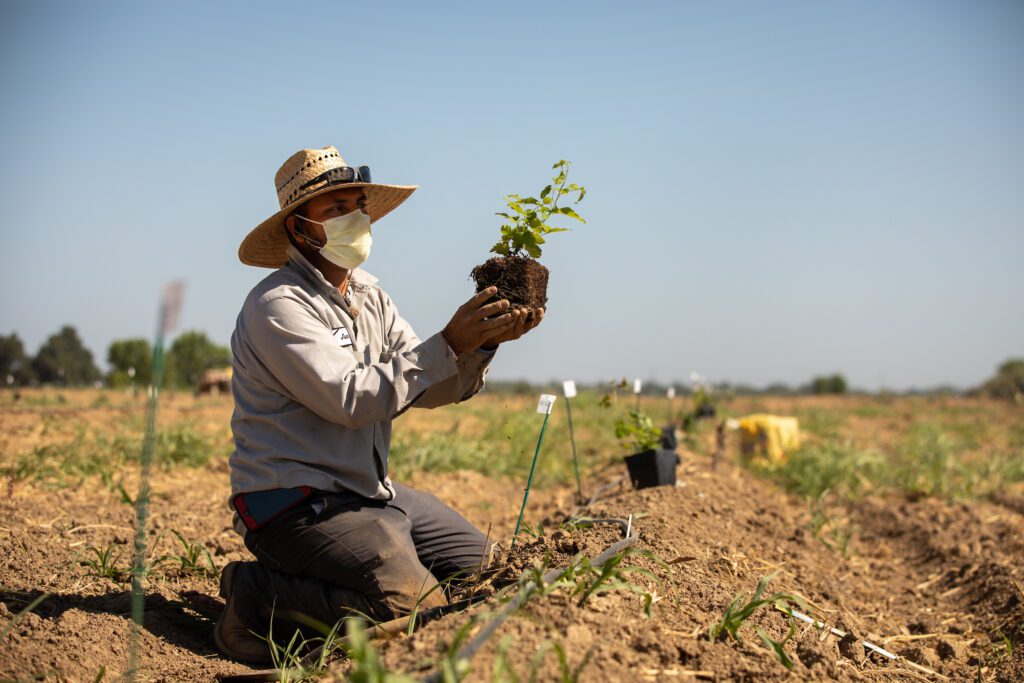
For a quarter-centry, River Partners has led California and the nation in demonstrating how bringing life back to rivers can boost our climate resilience using proven, scalable methods.
Reforesting river landscapes is highly effective in capturing harmful greenhouse gases. Research shows that young floodplain forests capture twice the emissions that mature forests do. And, soil in riverside forests traps 200% more carbon than unforested soil.
Fast-growing forests along California’s degraded rivers are exactly what’s needed to make a difference during a decade that experts say is pivotal for the planet’s and our long-term health. New forests on degraded lands statewide also support important conservation initiatives like California’s bold climate strategy and 30X30 initiative, which aims to conserve 30% of the state’s land and coastal waters by 2030.
Capturing carbon naturally is one of the least-expensive ways to combat climate change and provides many other benefits that keep California vibrant. These include enhanced wildlife habitat for a growing number of struggling species, reduced flood risk for communities, improved water conservation and groundwater recharge in parched agricultural regions, more access to open space for increased public health, and stronger local economies.
Latest Climate News
What A Single Plant Reveals about Healing Land and Culture
Watch: “Dos Rios: A Story of Renewal” 2025 Wild and Scenic Film Festival Selection
Leveraging the Carbon Market to Drive Reforestation
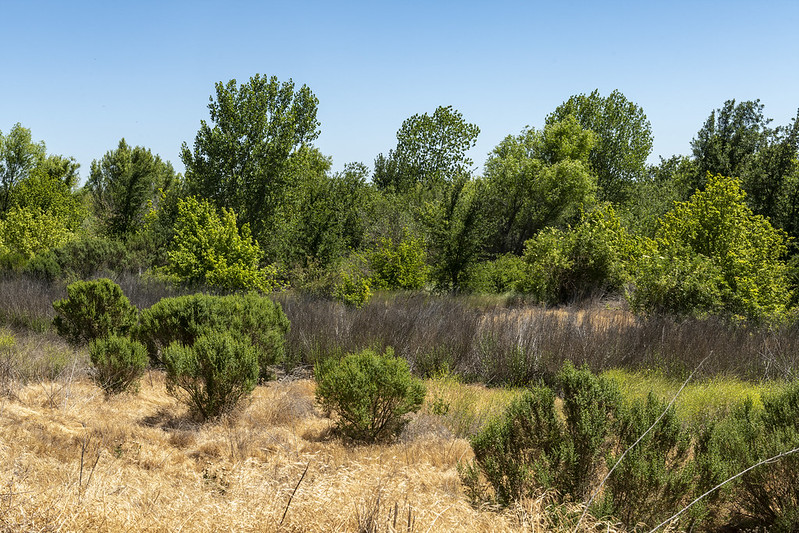
River Partners is leading a first-of-its- kind initiative to calculate the carbon- trapping potential of floodplain forests. Utilizing the latest science and tools for measuring natural carbon capture, we’ve launched efforts for selling carbon credits generated from restored riverways through California’s voluntary carbon market.
California has committed to reducing carbon emissions through a robust cap and trade program— the first of its kind in the nation. The program collects fees from greenhouse-gas emitters and invests those fees on projects that help capture or reduce greenhouse- gas emissions.
Although floodplain reforestation is currently eligible for emission- reduction credits under the program, no riparian reforestation projects in California have qualified due to the complexities associated with registration and monitoring.
Our pioneering efforts will provide a significant financial incentive for riverway restoration statewide, helping bolster California’s climate resilience.

